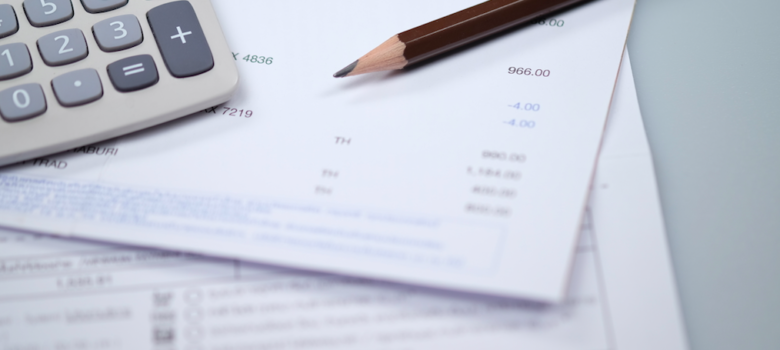
Switching your energy tariff is one of the easiest ways to cut your outgoings – and it really can save you a lot. Finding the best energy tariff for you is really simple too. Loads of people get stuck in a rut or think somehow sticking with the same provider for years will somehow pay off. Don’t be loyal – you won’t be rewarded for it! More people are switching right now than ever before…
How can I find the best energy tariff?
It normally doesn’t pay to stay with the same provider for years – the big companies will always put profits over their customers and we’d do well not to let them get complacent! Energy providers rely on people not bothering to switch, and if they know a consumer will stay with them whatever happens, there’s nothing dissuading them from hiking their prices.
Finding the best provider, and the best tariffs within them, can be really quick.
Whether you are a homeowner or you’re renting, it’s worth doing your research to see if you could be getting a better deal. Here are a few things to think about:
Cost of energy tariffs
There are several online tools/price comparison websites to help you find the cheapest deal. When you start to shop around, you’ll notice some big differences in tariff costs. But where should you look for the best energy tariff?
The ‘Big Six’ energy providers (British Gas, EDF Energy, NPower, E.ON, Scottish Power and SSE) are rarely the cheapest. So don’t just pick a supplier you’ve heard of, or continue with the same provider that the previous tenants signed up with.
There have been a couple of big price hikes recently from the big companies – and there are more expected. This might encourage you to look elsewhere for the best energy tariff. But don’t just wait for this to happen before thinking about switching – you should be checking regularly that you’re getting the cheapest deal possible.
A fixed-term tariff could be a cheap option if you are willing to commit to a contract for the next few years. You won’t be subject to price hikes, so this can be reassuring for some. However, because the price is fixed, what is a cheap deal now may not seem so attractive down the line. So think carefully before tying yourself into a long contract. The longer a contract is, the higher the price will be per unit, because the energy companies need to be able to cover some of the future price rises within their costs.
It could also be cheaper to get your gas and electricity from different suppliers, so definitely research tariffs separately; it’s not as time-consuming as you might think.
Green energy tariffs
If you’re interested in the environmental impacts of energy generation, there are some ‘green’ suppliers out there. These providers generate 100% of their energy from renewable sources, and some of their prices are really competitive too.
However, don’t be under the impression that the energy you use directly will be renewable – your energy will come from the power source nearest your home, regardless of who your energy provider is. The difference is that the green suppliers promise to generate cleanly the amount of energy you use from the grid, and pay it back in.
Providers are normally deliberately vague about this because (unless you generate all your energy yourself through solar PV, for instance), they cannot promise you’ll be using all renewable energy. But while you’re not necessarily using renewable energy yourself, you’re making sure other people are, and helping the planet in that way! The more people that swap to a green energy supplier, the bigger the pressure for the UK to increase renewable energy generation.
Usage habits
Until now, how or when you use your energy hasn’t been a consideration when choosing an energy tariff – except for those using storage heaters on Economy 7. The UK’s decommissioning of coal plants will signal the end for this tariff, and the heating technology it was designed for. But now there’s something a bit different. While Economy 7 only charged lower rates at night, when coal plants generated otherwise wasted energy, new ‘time of use’ tariffs will charge several different rates, depending on the time of day and the day of the week.
There’s only one time of use tariff offered at the moment, Green Energy UK’s ‘Tide’, but more are expected before the completion of the national smart meter rollout in 2020. These new tariffs are good news for the bill payer and for the UK as a whole, because the cheap rates are designed to help balance demand on the national grid, by encouraging people to use energy at off-peak times. If you have a smart meter, it’s worth considering a time of use tariff – getting used to it might take a bit of effort, but small changes like running appliances at night could save you considerable amounts of money. Of course, if you go for one of these tariffs and carry on regardless, then you may end up paying more for your energy – it will require a bit of effort on the customers part to adapt their energy use to the cheaper hours of the day.
Something else to consider is that if you go away a lot you might want to choose a tariff with no standing charge. With most tariffs, a fixed standing charge is added to your bill monthly, on top of your usage. If you know you’re going to be away for three months of the year and won’t be using any energy, there’s no point paying this.
Happy switching!
If you do decide to swap, or if you have swapped in the past few years, check you have not overpaid. You may be due a refund and most providers won’t tell you this unless you ask!












We are on a tariff with First Utility that doesn’t expire until July. They are already calling us on a daily basis trying to get us to sign up to their next deal so we don’t shop around. The number of phone calls is staggering. It makes me think they are very desperate, but when will the energy companies learn that if they charge the lowest amount for electricity and gas then people will come flocking!
Hi Simon, the churn rate (% of customers leaving) is a metric that all the energy companies are trying to improve. As such they will always be keen to get you signed up to a new contract before the existing contract goes. To be honest, since the Governments drive to make people switch energy providers, these kinds of phone calls are becoming more and more common. The cost of acquiring a brand new customer is far more expensive that keeping an existing customer hence they bombard you with better offers to try to ‘buy’ your loyalty.